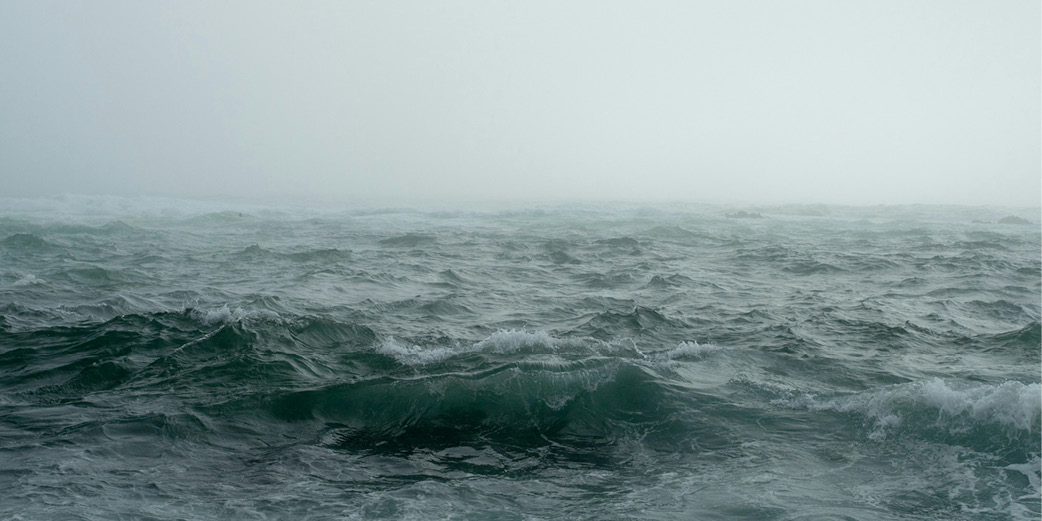The IMOS Australian Ocean Data Network (AODN) has successfully deployed Australia’s first World Meteorological Organization (WMO) Information System version 2.0 (WIS 2.0) node, marking a major step in connecting Australia’s marine observing systems to the WMO’s global data exchange framework.
WIS 2.0 is the next-generation system for sharing real-time environmental data across ocean, climate, and atmospheric domains. It replaces the WMO’s Global Telecommunications System, providing a more flexible and accessible way to share time-critical Earth system information.
At the AODN, WIS 2.0 is now in its final compliance testing phase. A fully operational data processing pipeline automatically converts coastal wave buoy observations into the World Meteorological Organization’s standard Binary Universal Form for the Representation of meteorological data (BUFR) format. Once converted, these data are published to the WIS 2.0 message network, making near-real-time wave observations from Australia’s coastal monitoring network readily available to global forecasting centres, national meteorological services, and ocean data users worldwide.
Developed in close collaboration with the Bureau of Meteorology, as Australia’s WMO National Focal Point, the AODN WIS 2.0 node is now undergoing final compliance testing before becoming fully operational.
The Bureau has welcomed this development, noting that access to near-real-time wave buoy data through the WIS 2.0 network will enhance national and international forecasting capabilities.
“This is a significant step forward for Australia’s marine data sharing. The integration of coastal wave buoy data into WIS 2.0 will improve situational awareness and support better coastal and ocean forecasting services globally.”
Boris Kelly-Gerreyn, Bureau of Meteorology Chief Data Officer
This milestone reinforces IMOS’ leadership in open, interoperable ocean data systems and advances Australia’s contribution to global ocean observation and data exchange.
